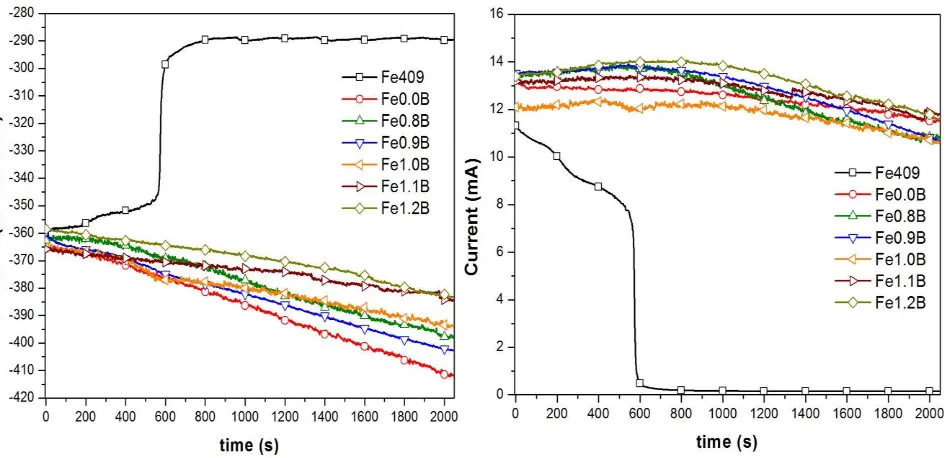Corrosion Behavior of AISI 409Nb Stainless Steel Manufactured by Powder Metallurgy Exposed in H2SO4 and NaCl Solutions
Full text
Figure




Related documents
With no regard to the corrosion mechanism, whether corrosion leads to crack initiation or micro cracking leads to enhanced corrosion, at stress amplitudes >275 MPa or very
This project aimed to study the effect of chromium carbide, Cr 23 C 6 formation on the microstructure and corrosion resistance behavior of AISI 304 stainless steels in 3.5 %
The effects of dual shielding on weld geometry, microstructure and corrosion behavior were analyzed and it is expected that the results obtained might assist further developments
solutions. s 8 crystal is related to the DC trend which has been removed, therefore this coefficient is shown with a value near zero in Figure 7A) and B).. EDP
Mean value (standard deviation) of the various electrochemical parameters, together with corrosion rate and inhibition efficiency values, obtained from Tafel
In this work the corrosion behavior of carbon steel AISI 1020 in LiBr in comparison with NaCl solutions were studied from polarization curve under a combination of different
This is in a good agreement with the data obtained by potentiodynamic polarization, where the corrosion potential shifted to negative values, while corrosion and passivation




